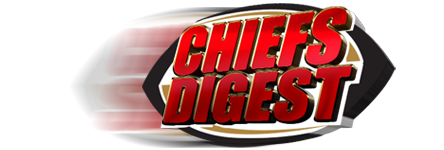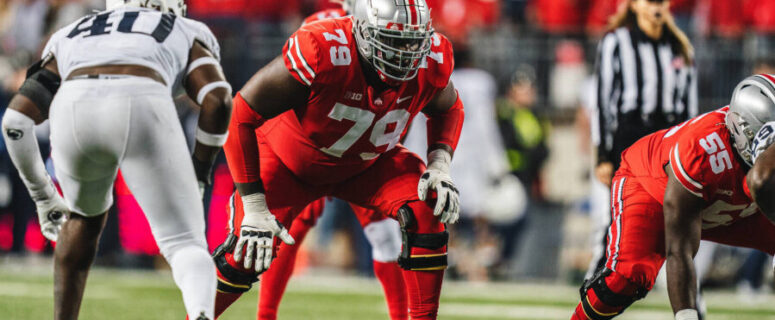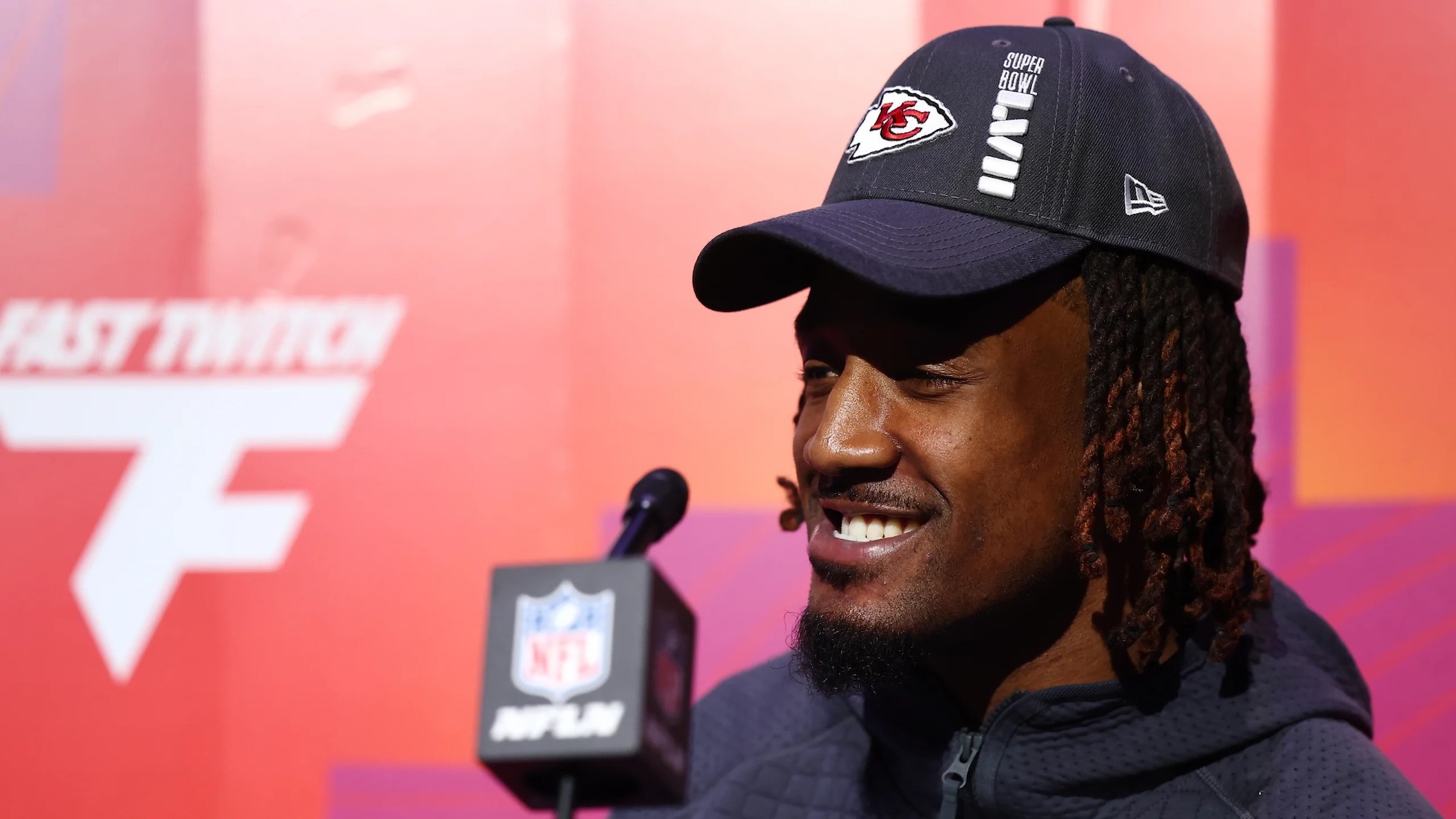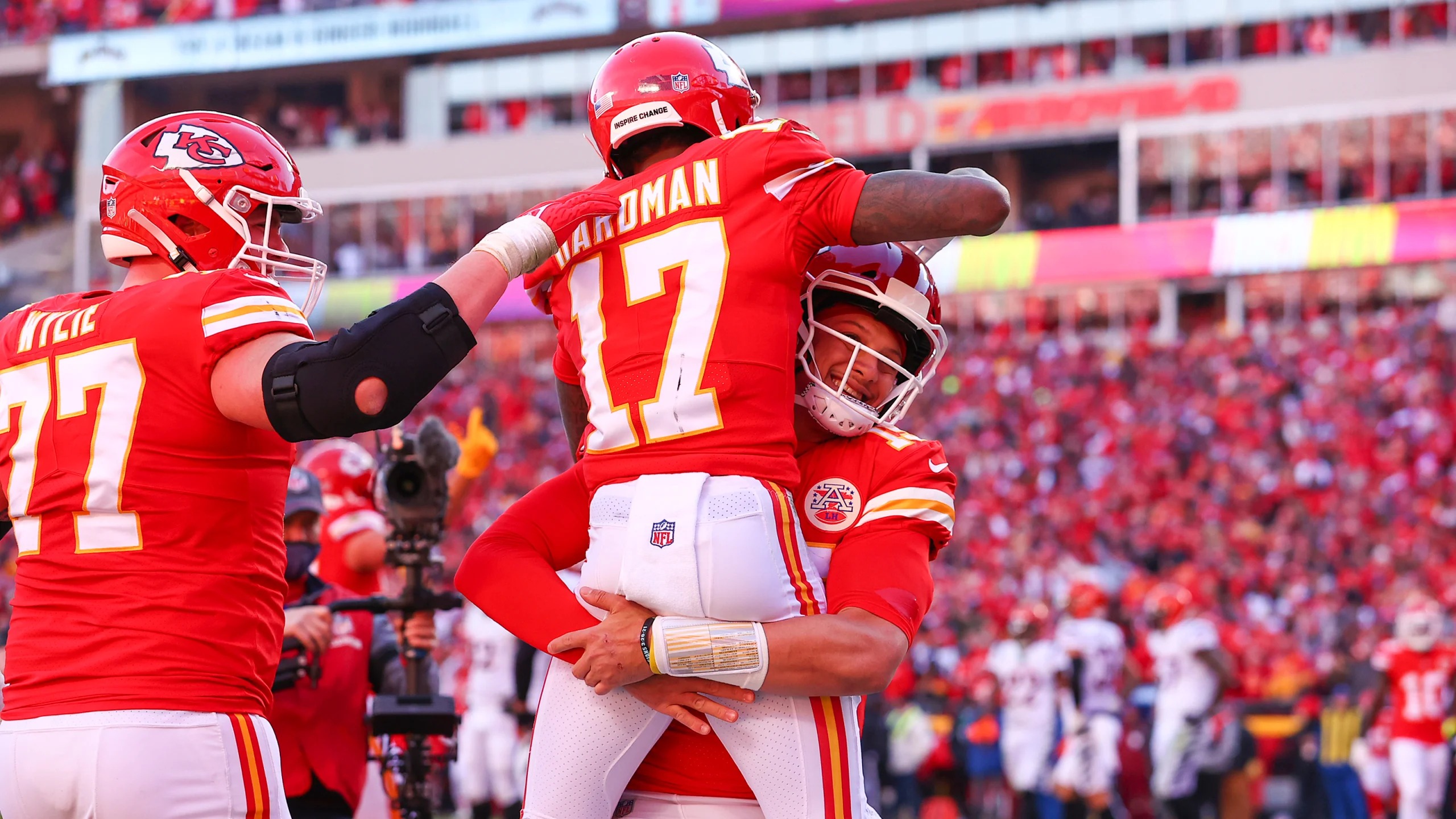KANSAS CITY, Mo. — Just 16 days remain until the NFL Draft takes center stage in downtown Kansas City, and now’s the time to break down where the Chiefs may go with each of their 10 selections in this year’s draft.
For the mock drafts at Chiefs Digest, I like to go through different scenarios and alternate approaches to illustrate how the process might unfold and what decisions general manager Brett Veach and his staff may face throughout the three-day journey.
In future mock drafts we’ll explore specific project-planning tasks such as targeting a first-round receiver or an offensive tackle. For this first mock draft, we’re playing it straight-up: best player available at each point on the board with no specific needs or goals.
For this draft we’ll be using the simulator at Pro Football Focus. Here are the house rules for mock draft 1.0:
Draft simulator: PFF.com, default settings
Trades: None
Theme: Positional value and best available player
Big Board: Neutral between PFF board and public
First round, No. 31 overall: OT Dawand Jones
While three quarterbacks (Bryce Young, C.J. Stroud and Will Levis) went off the board in the initial four selections, it was four receivers going in the first 27 choices that impacts the decision here. The parade started with TCU’s Quentin Johnston going to Detroit at No. 6 and ending with Boston College receiver Zay Flowers falling to Buffalo at No. 27.
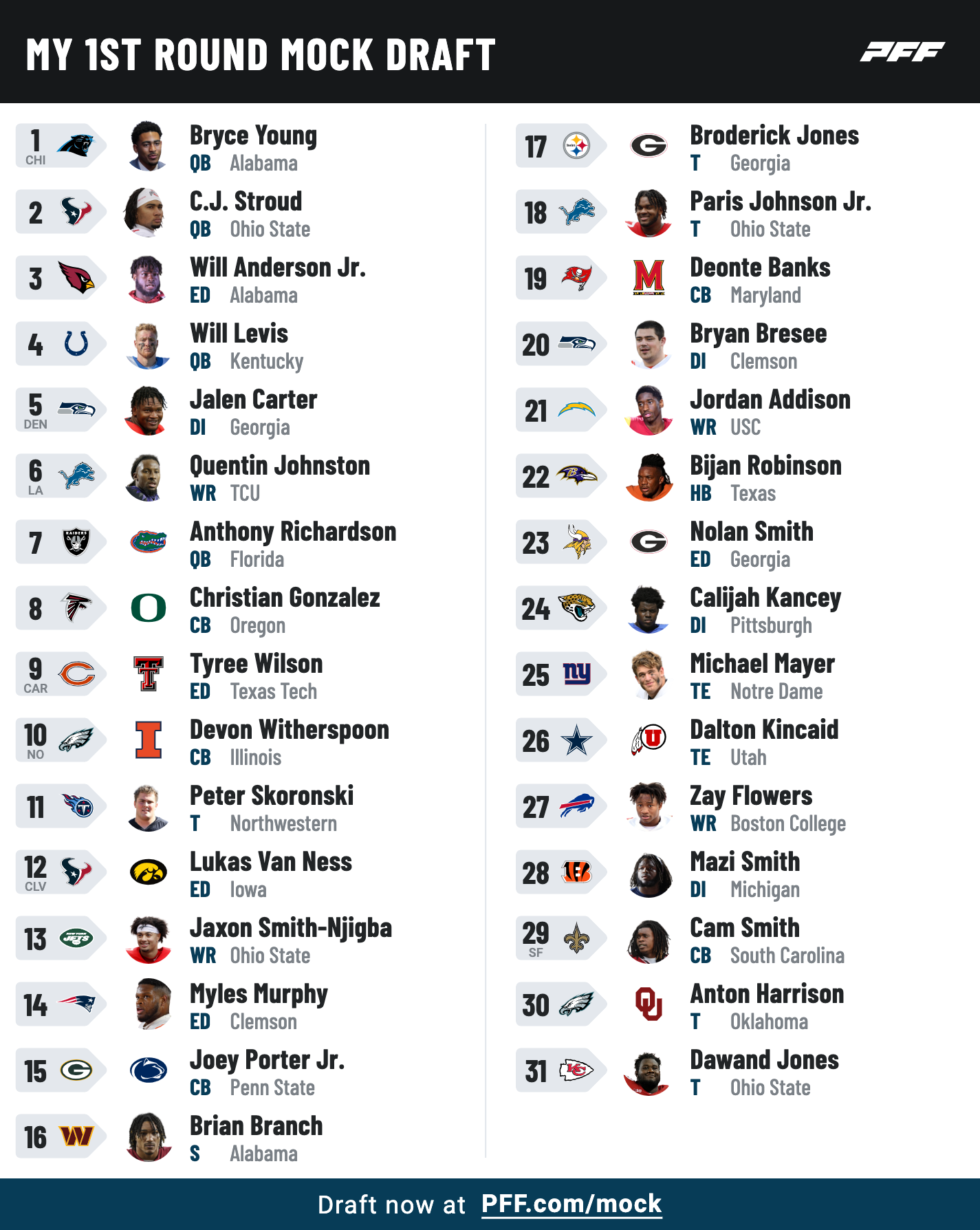
This exercise illustrates that if the Chiefs want to land a top-flight receiver, defensive lineman or offensive tackle, then moving up may be necessary. Selections 20 through 30 included two receivers, two tight ends and four defensive lineman, not to mention Texas running back Bijan Robinson.
Barring a move into the early- to mid-20s here for a coveted player, a move back would be entirely justified. There’s still a lot of talent available at positions of need, most of which will be gone by the time the Chiefs come back on the clock at No. 63. Moving back into early in the second round and picking up an additional mid-round asset would be a classic Veach move — except for the part where thousands of Chiefs fans outside Union Station boo lustily as commissioner Roger Goodell announces the trade.
Taking Jones at No. 31 gives the Chiefs arguable a plug-and-play right tackle. This move ensures free-agent signee Juwaan Taylor lines up on the left side. It’s hard to argue that there is a true franchise left tackle remaining on the board right now, and Jones could easily deliver five solid seasons as a starter in the right side.
Second round, No. 63 overall: ED Derrick Hall, Auburn
The logic of taking an offensive tackle in the first round relied on the depth at other positions of need, especially defensive line, having a deep tail into the second round. Hall still on the board at No. 63 proved that a safe bet. He’s a bit undersized at 6-foot-3, 254 pounds but Hall has a quick first move and delivered consistent production with 22 sacks in 36 games for the Tigers. It’s easy to see defensive line coach Joe Cullen taking Hall’s athleticism and turning it into something more.
Third round, No. 95 overall: DT Moro Ojomo, Texas
The depth at defensive line in this draft allows the Chiefs to provide Cullen with additional
firepower with Ojomo, arguably one of the better run defenders among this year’s defensive interior class. Ojomo also offers versatility in being able to line up over guard or tackle as well. His biggest drawback is that at 6-foot-3, 292 pounds he’s undersized to line up as a true nose tackle. He’s ready to play as-is but bulking up might allow him to play more over the ball.
Fourth round, No. 122 overall: WR Ronnie Bell, Michigan
The Chiefs finally answer a serious position of need in nabbing the Kansas City native Bell in the fourth round. If not for the COVID pandemic cutting short his 2020 season and a knee injury limited him to one game in 2021, Bell would likely rank much higher on the draft board. He bounced back with 62 catches for 889 yards and four touchdowns for the Wolverines last season.
What Bell lacks in speed (4.54-seconds in the 40-yard dash) he more than makes up for in toughness and tenacity. Bell possesses a physical mentality and isn’t afraid to hit and take a hit. It’s easy to see Bell playing underneath and playing a role in the run game.
Fourth round, No. 134 overall: ED Jose Ramirez, Eastern Michigan
A bit undersized at 6-foot-1, 242 pounds, Ramirez offers two traits the Chiefs love in mid-round defenders — a relentless motor and a high ceiling. He was ridiculously productive the past two seasons, collecting 18.5 sacks with 129 tackles and five forced fumbles in 25 games. He could serve as a creative piece as a situational pass rusher.
Fifth round, No. 166 overall: TE Josh Whyle, Cincinnati
A tight end from Cincinnati who needed a mindset adjustment in college yet possesses physical traits that should make him a success? No, Whyle is not Travis Kelce but there’s plenty of reasons why pairing the two Bearcats together could work for the Chiefs. Whyle didn’t have the breakout senior season that propelled Kelce into the NFL but he’s already more polished as a blocker than Kelce at this point in their respective careers. If Kelce (not to mention Chiefs tight end coach Tom Melvin) can help Whyle translate measurables into production, there is untapped potential there.
Fifth round, No. 178 overall: OT Trevor Reid, Louisville
A bit of a reach in the fifth round but Reid is a project player with a lot oof potential. He started 25 games at left tackle for the Cardinals the past two seasons, so he can certainly join the competition for depth on the outside of the line. His arm length (34 5/8th inches), 85-inch wingspan and 25 reps on the bench press put him among the elites of this class but he needs coaching and seasoning. The right team could tap into strong potential in Reid.
Sixth round, No. 217 overall: ED DJ Johnson, Oregon
Johnson’s college career tells a fascinating story. The California native started at Miami, transferred to Oregon and split time at defensive end, outside linebacker and tight end during parts of six college seasons. He finally started putting it all together in his last season, however, picking up 8.5 sacks. At 6-foot-4, 260 pounds, he offers a different flavor of edge player than Ramirez. Johnson isn’t a pass rusher exclusively and should hold up stronger along the line (28 reps on the bench press a the NFL Combine) plus he can drop back in coverage.
Seventh round, No. 249 overall: DT Dante Stills, West Virginia
Last year the Chiefs selected five defensive backs, and this mock draft has the Chiefs dipping into the defensive line five times. Some of that is need — the club needs depth both inside and out. It’s also a productive of going where the depth is in the pockets of the draft. Defensive line remains the best pocket available and Still stands out here, even if he’s a bit enigmatic. He was a freshman All-American in 2018 while he earned post season honors in each of his five college seasons — including first-team All-Big 12 the past two years, there’s a perception that he’s more of a rotational player. That might be the case but if Cullen can light his fire, there’s room for growth.
Seventh round, No. 250 overall: WR Shaquan Davis, South Carolina State
The 6-foot-4, 216-pound Davis posted strong back-to-back campaigns the past to seasons, combining for 88 catches, 1,798 yards, 19 touchdowns … and 20 drops in 19 games. His 9 3/8-inch hands bely that type of miscue, however, and his 4.51-second 40-yard time and 20.4 yards per reception the past two season are tantalizing. There’s something there if the right coaches and offenses can find it. There’s a Demarcus Robinson-type role to the NFL for Davis if he can still on special teams as a rookie and focus on development as a receiver.
The Grade
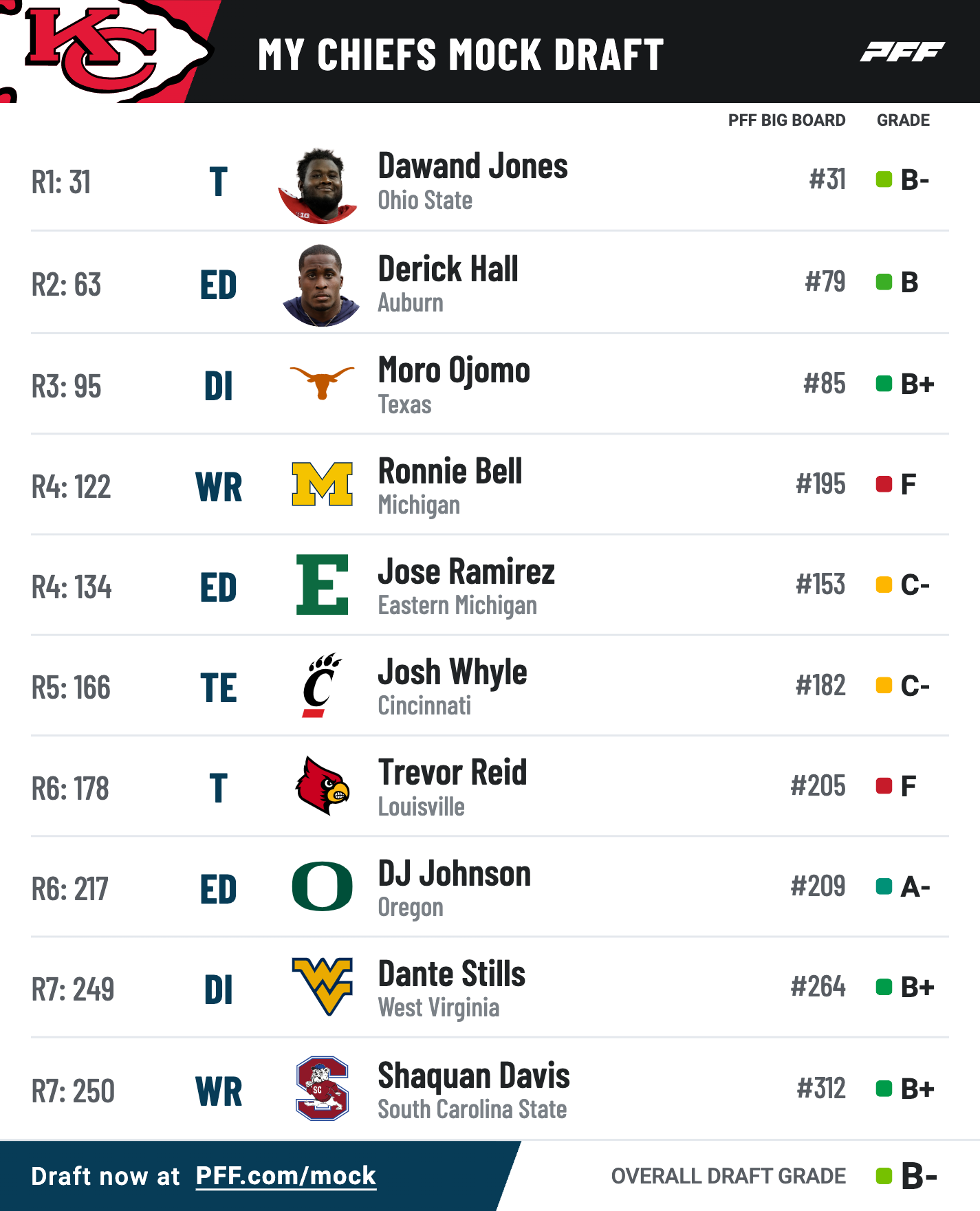
PFF gives this grade a B-minus and I won’t dispute that. I do disagree on Bell being a a reach at No. 122 but do admit Reid could be a polarizing choice at No. 178. While I think Jones and Ojomo could be year-one starters and Hall contributing a lot earlier, this draft has quite a few project pieces and upside selections.
My reflections after this draft: to no surprise, when you’re drafting near the end of every round, value is hard to find. If the Chiefs want value in the first three rounds, moving up must be a consideration. I’m not confident the club can fill a perceived need such as wide receiver or possible needs including offensive tackle and defensive line with an impact day-one player barring moving up from No. 31.
